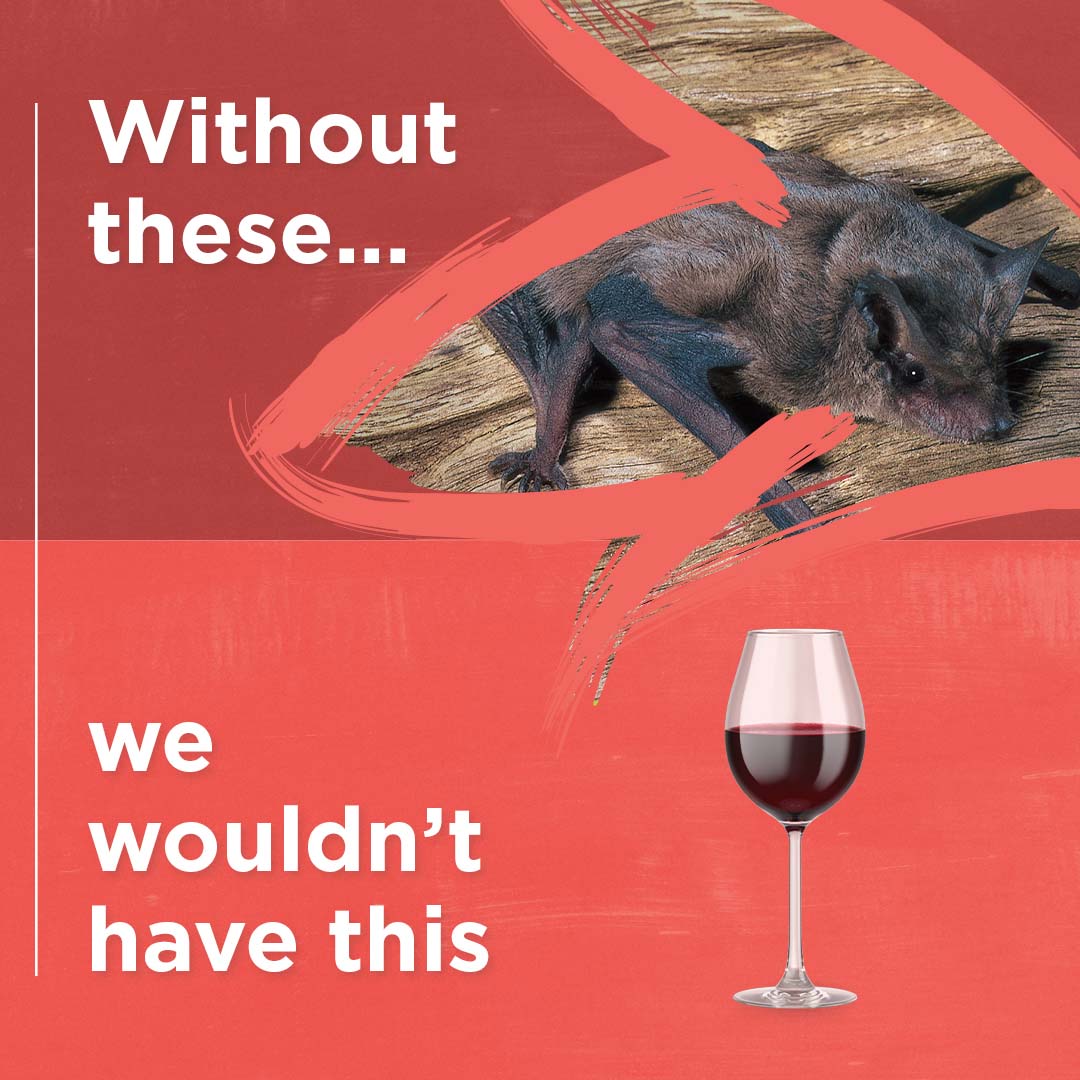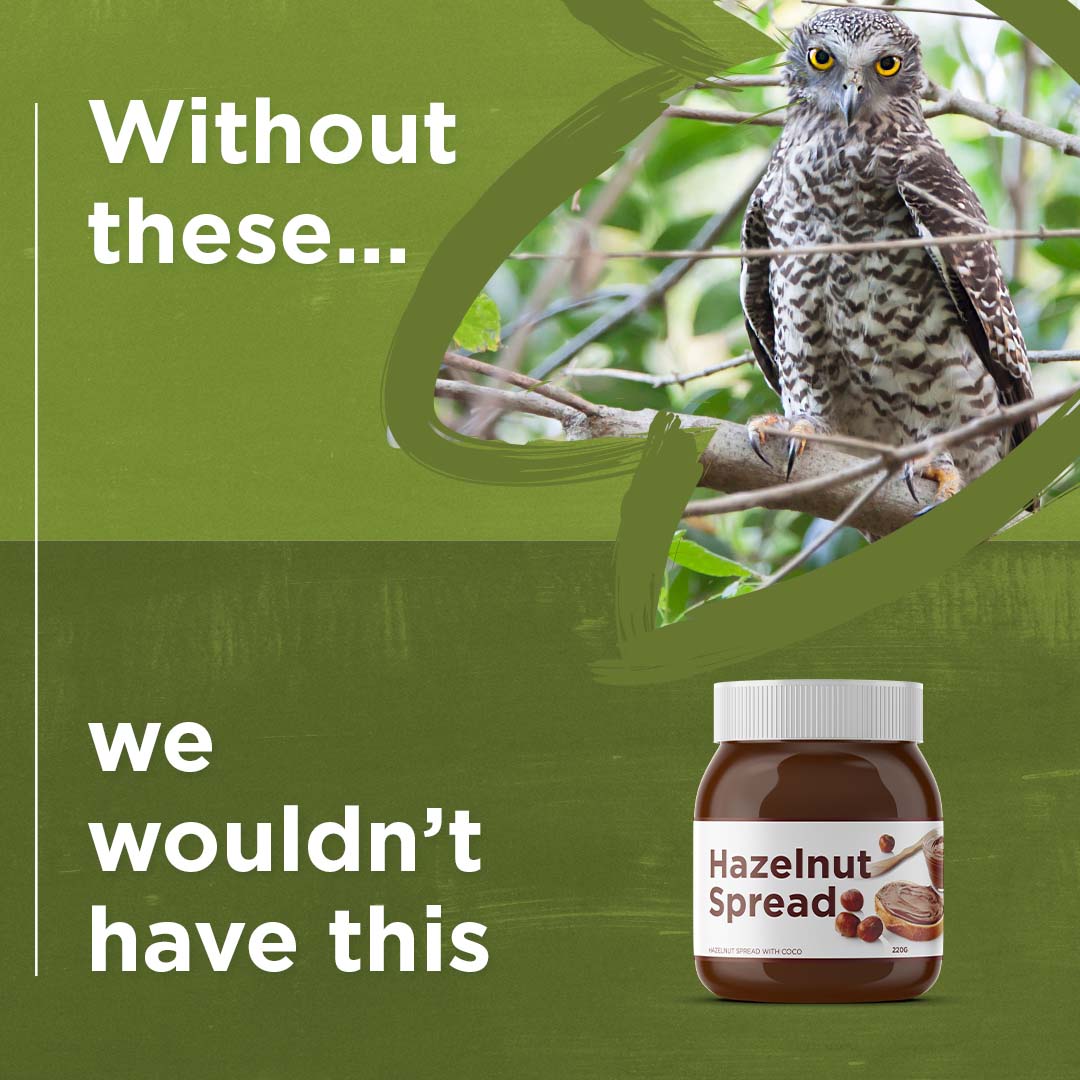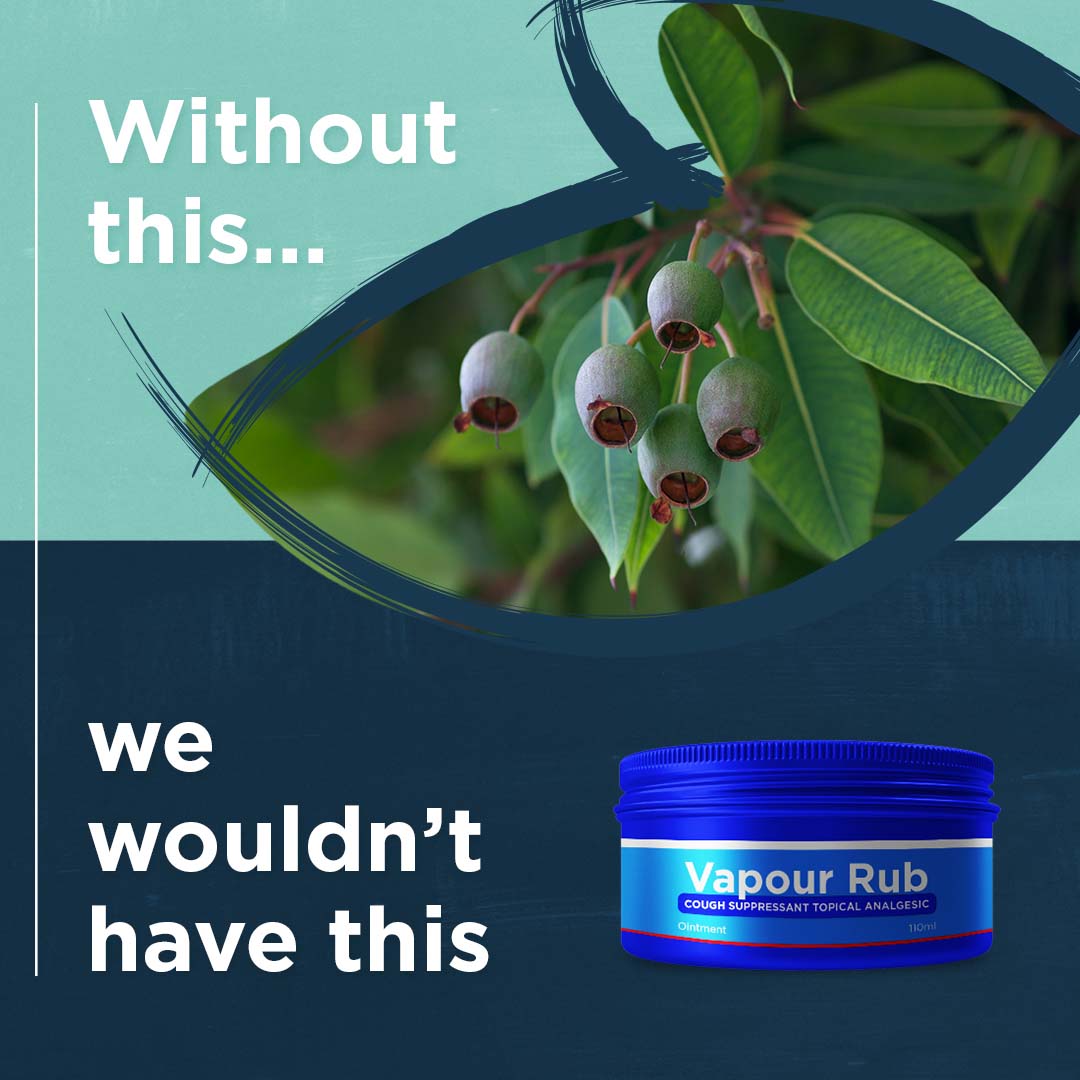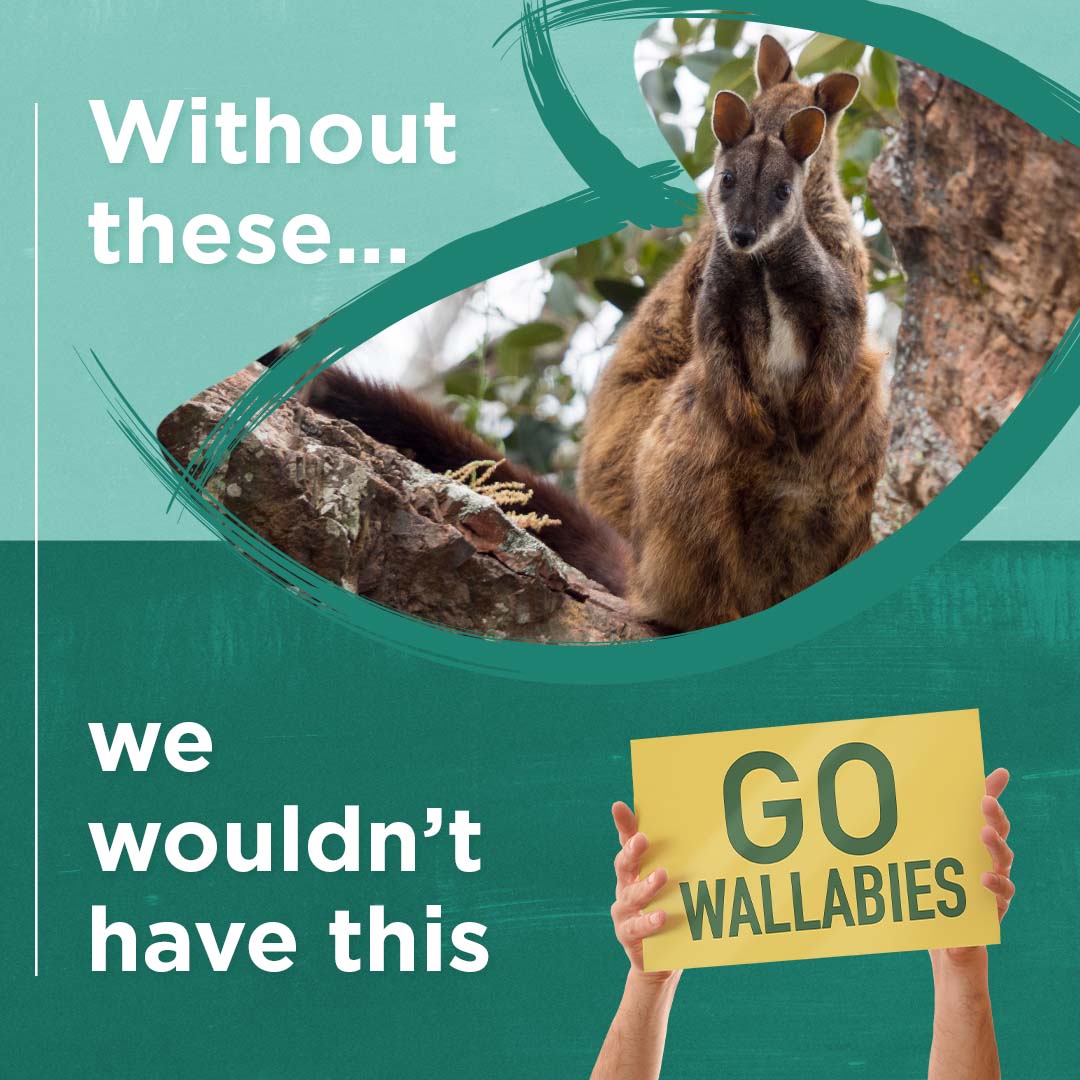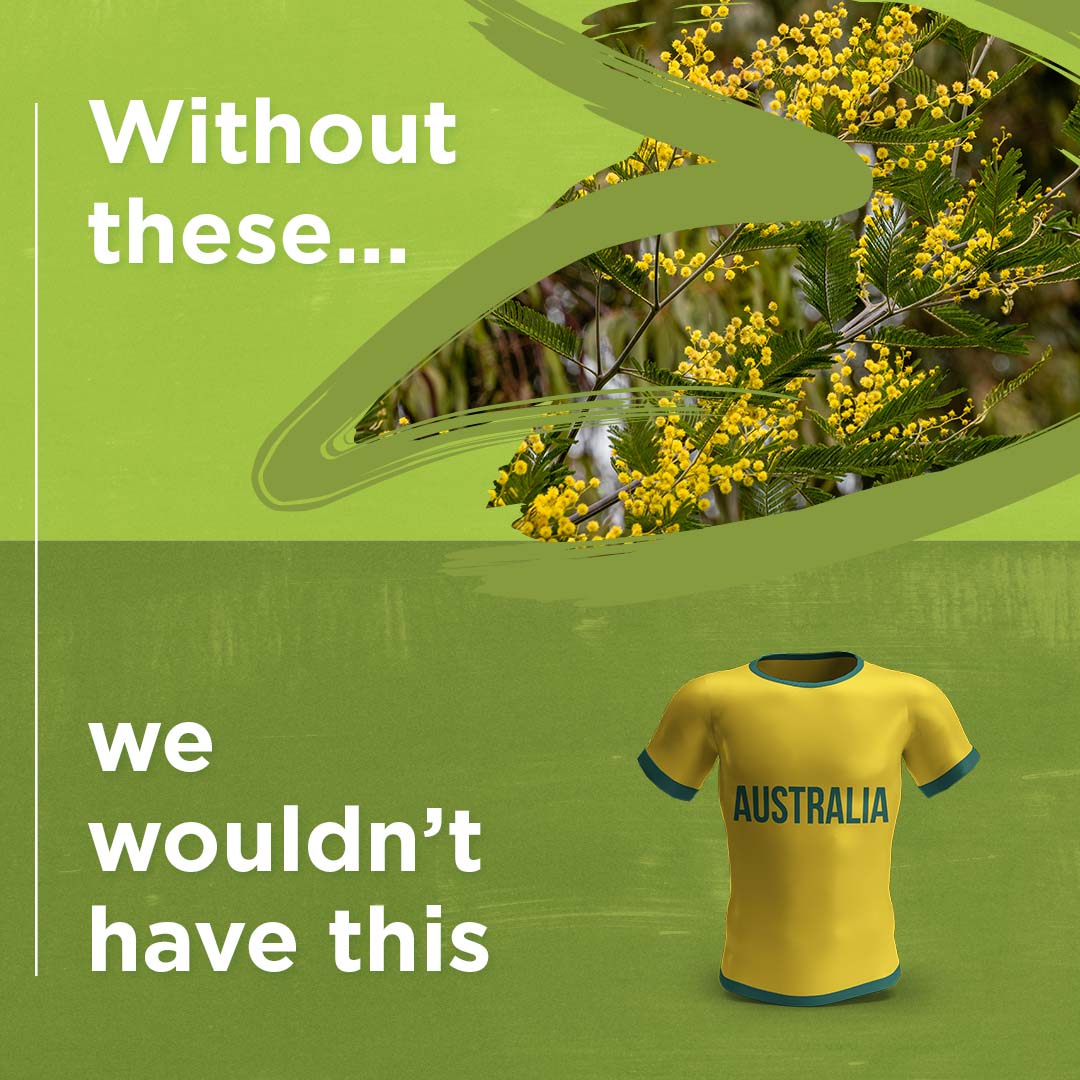Threatened connections: Uncovering the hidden connections between threatened species and Australian life
In Australia, we are surrounded by an incredible diversity of natural life – made up of native plants, animals and ecosystems that coexist to support and nurture us all.
Biodiversity helps to maintain air and water quality, pollination and even keep the economy afloat, but sometimes we can't see what is right in front of us.
Threatened animals and plants may seem very remote and even irrelevant to some, but their wellbeing and survival affect us all – often in ways we can't even imagine.
This September, throughout Biodiversity Month, we are translating the survival of our plants and animals into terms we can all understand. We are showing how, without them, our health and wellbeing, cultural identity and iconic products, which make life in Australia so special, could be compromised.
The more we know and are connected to our threatened species, the more we can help. Because a world in which these plants and animals are under threat means that life as we know it is under threat.
Explore some of the threatened connections in New South Wales
Without certain species of microbats, like the vulnerable large bent-winged bat, the quality and production of our wine might be impacted.
One of the threats to our award-winning wineries are tiny insect pests that feed on grapevines. Microbat species feed on these pests and help keep vineyards healthy – helping to eliminate the need for pesticides.
- Find out more about the large bent-winged bat
- Learn how we are using technology to protect this species
Owls place an important role in our ecosystem. As a predator at the top of the food chain, large forest owls – like the vulnerable powerful owl – regulate their prey populations, helping to maintain a natural balance in the ecosystem.
So, without certain owls eating rodents that feast on hazelnuts, Australia's favourite chocolate hazelnut spread may be a thing of the past.
You wouldn't think it, but scientists use all sorts of tiny fungi to help identify, research and control deadly diseases.
In New South Wales, several fungi species are endangered, including Hygrocybe lanecovensis.
Without the power of eucalyptus within cold and flu products such as vapour rub, we might be walking around with runny noses
In New South Wales, there are many different species of eucalyptus and more than 40 are listed as threatened.
Did you know that native eucalyptus and wattle inspired the unique green and gold worn by our nation's sporting heroes?
Without the iconic colours of these native species, would green and gold be appropriate colours for our sporting teams?
In New South Wales, there are many different species of eucalyptus and wattle, many of which are threatened.
Without wallabies, what identity would one of our most iconic sporting institutions be called?
In New South Wales, we have several threatened wallaby species.
What is Saving our Species doing for biodiversity?
Through threatened species conservation, Saving our Species works to preserve and increase our biodiversity. We protect, monitor and conserve threatened species in different ways, taking into account what we know about their ecology and threats.
New South Wales risks losing thousands of the state's native animals and plants. This is why the NSW Government has invested $175 million over 10 years (2016–2026) into the Saving our Species program, making it one of the largest conservation programs of its kind.
Ultimately, we are working to take species off the threatened species list, so there are fewer at risk of extinction.
